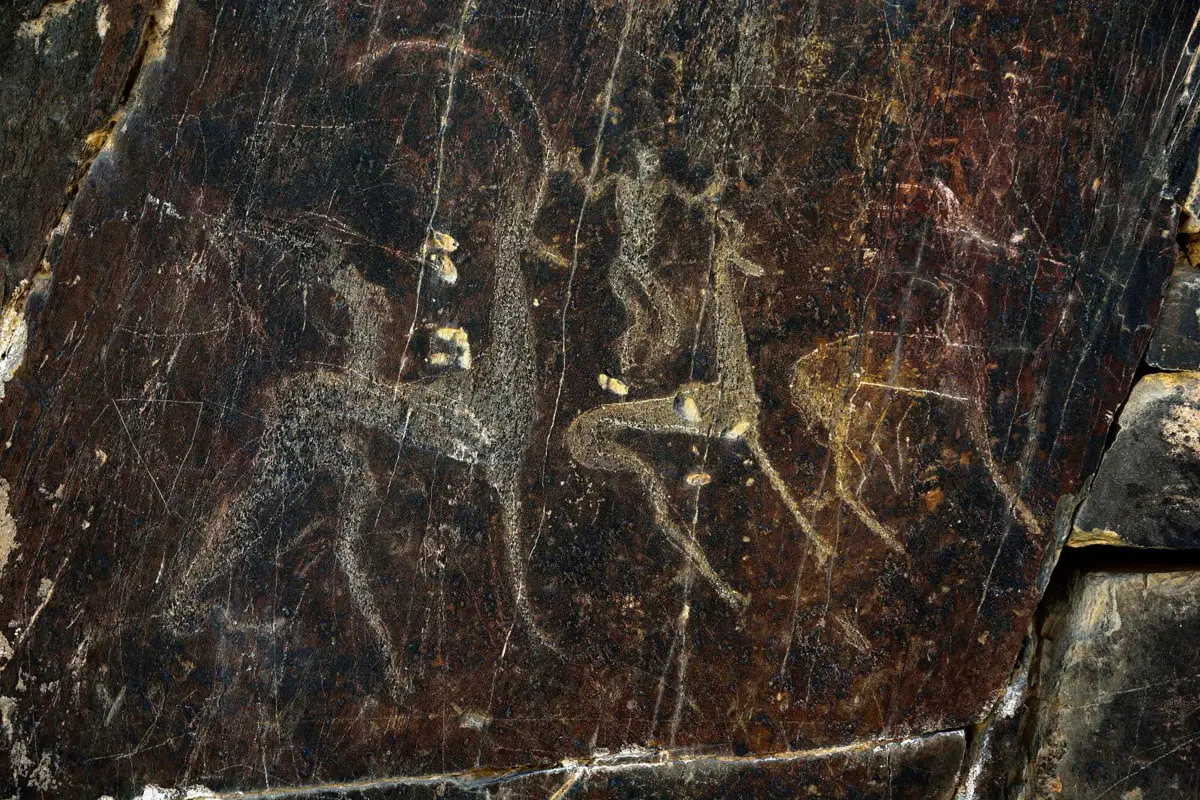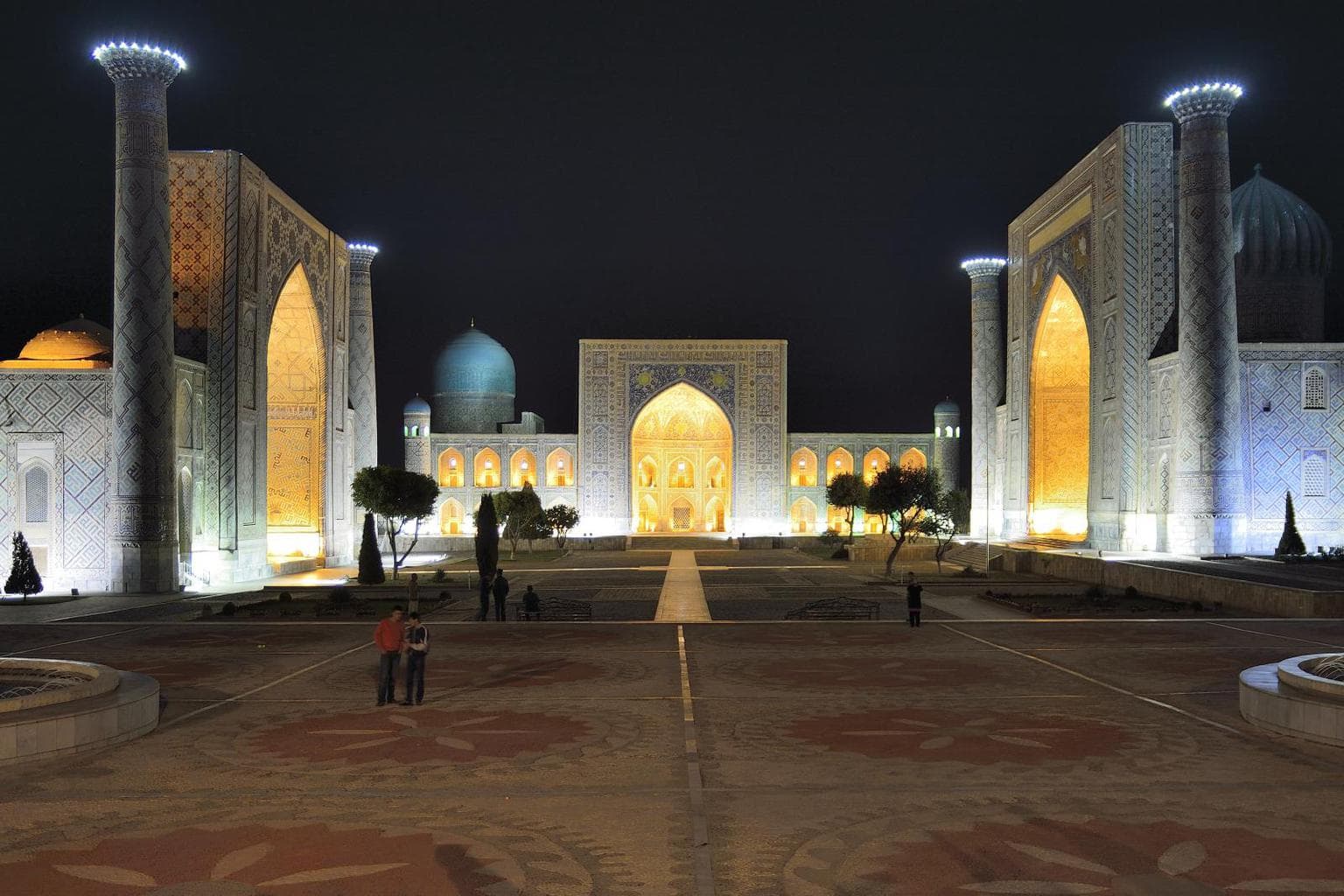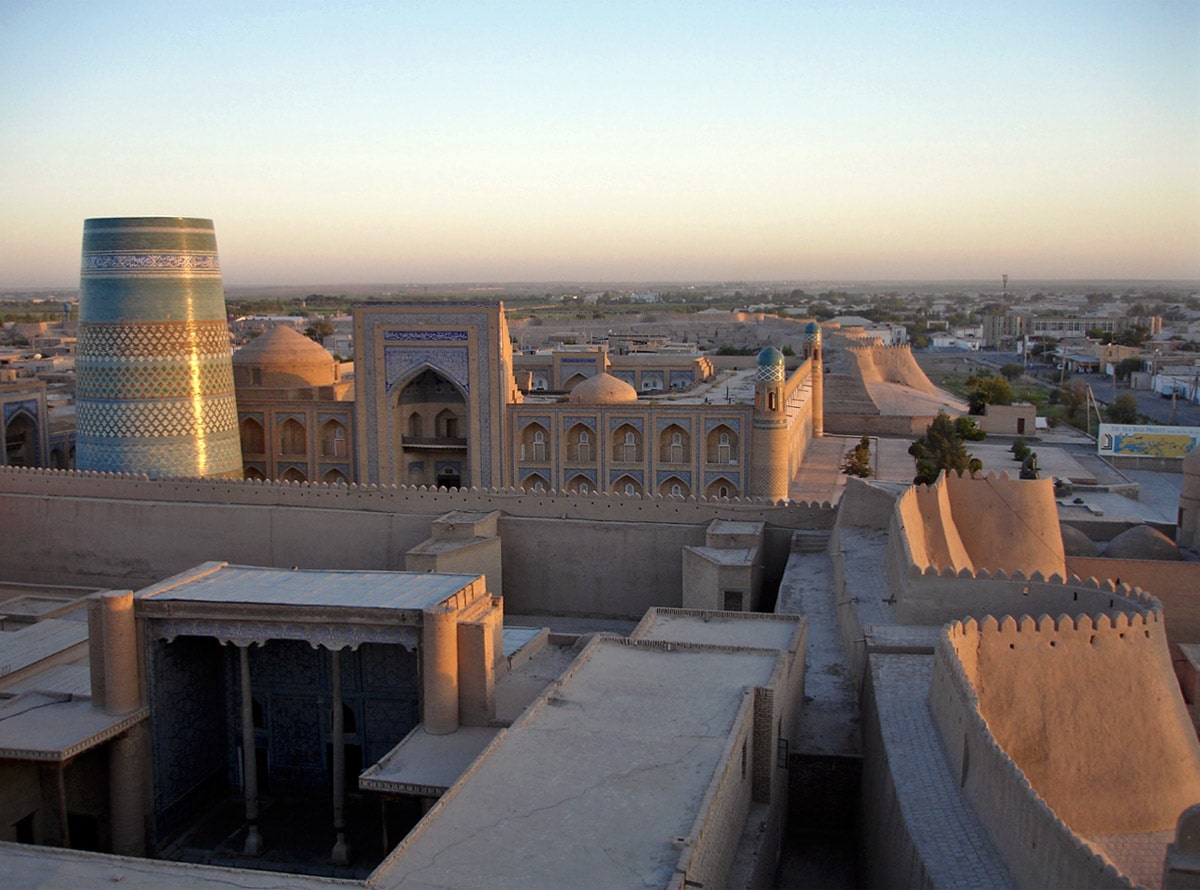Wondermondo 🢖 World 🢖 Wonders of Asia 🢖 Wonders of Uzbekistan
Territory
Wonders of Uzbekistan
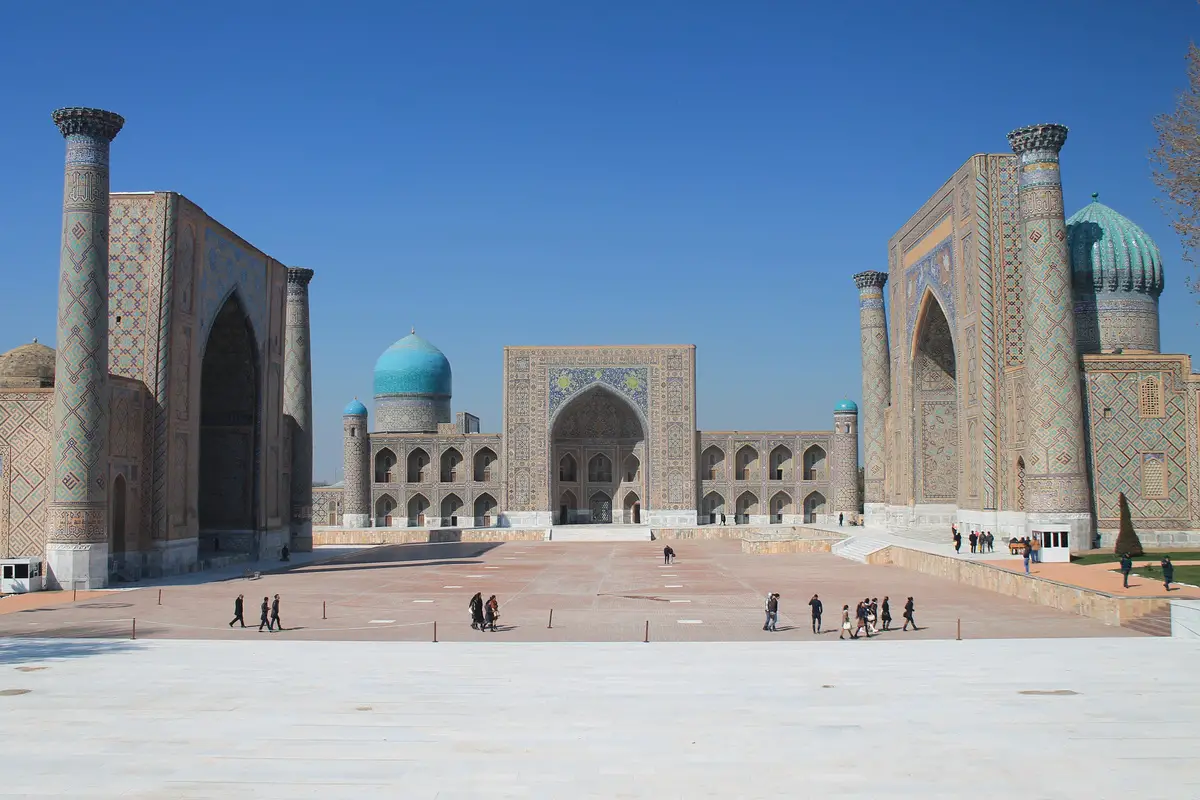
 Highlights
Highlights
Uzbekistan is a comparatively dry, mostly desert covered land very far from any sea… and this is one of the reasons why this country has such an amazing cultural heritage!
For millennia Uzbekistan has been crossed by trade routes uniting prehistoric, ancient and medieval cultures of Eurasia. To shorten the route caravans had to cross inhospitable deserts and no one could afford to miss the oases in Uzbekistan. Here, at the crossroads of diverse cultures and wealth developed rich and sophisticated cities, such as the glorious Samarkand, Bukhara and Khiva.
Map with the described wonders
If you see this after your page is loaded completely, leafletJS files are missing.
 Top 25 wonders of Uzbekistan
Top 25 wonders of Uzbekistan
Archaeological wonders
Kushan Wall near Boysun
Surxondaryo
Approximately 1.5 km long and up to 6 m thick wall across a canyon. This wall was built near Poenkurgan fortress (built by Macedonians) in the 1st – 2nd century AD and served as a northern border of Kushan state.
Kampirtepa (Kampyr-Tepe)
Surxondaryo
Remnants of a probable Hellenistic settlement, later Kushan city. Kampitepa was inhabited in the 2nd century BC – 4th century AD. Here have been found old Bactrian manuscripts from the late 1st – early 2nd century AD. The site provides numerous finds up to this day.
Sarmishsay
Navoiy
Ravine – an ancient path with numerous prehistoric and later monuments – burial mounds, petroglyphs, pagan altars. Here are found some 4,000 petroglyphs, mostly animals. Many of these animals do not live here anymore and are even extinct. This site was sacred to locals until recent times. Petroglyphs are found also in other ravines nearby.
Teshik-Tash
Surxondaryo
Famous archaeological site – a grave of a Neanderthal kid in a shallow grotto. Initially, it was thought that the arrangement of the horns of ibex was part of a funeral ritual. Further research shows that these horns next to the grave are most likely a coincidence.
Shahrukhiya (Benaket)
Tashkent Region
Remnants of an ancient city on the bank of Syrdarya. The city was founded in the 1st century BC and flourished in the 10th – 11th century as well as in later centuries when it was an important center of economy and culture. The city is surrounded by remnants of fortification walls and moats that enclose 200 – 280 ha.
Kanka
Tashkent Region
Ancient fortification, the first capital of Tashkent oasis in the time period from the 4th century BC to the 13th century AD. There have been preserved remnants of fortification walls including remnants of a castle – citadel that still is protected by a moat. The fortification walls of the city are 26 m tall. Here have been found also remnants of a large Manichaean temple.
Shahrisabz
Qashqadaryo
An ancient city, founded in the 6th – 7th century BC. Birthplace of Timur.
Architecture wonders
Samarkand
Samarqand
The former capital of Timur, an important city on the Silk Road. Established around 700 BC by Sogdians, flourished in the 6th – 13th century AD. Rebuilt by Timur in the 14th century, when the city was made into an important center of art. The most valuable structures are Registan – a complex of three buildings, the Observatory of Ulugh Beg, and others.
Registan with Ulugh Beg Madrasah, Tilya-Kori Madrasah and Sher-Dor Madrasah
Samarqand
The central square of Samarkand is flanked by three similar, impressive madrasahs. Ulugh Beg Madrasah was built in 1417-1420, Tilya-Kori Madrasah – in 1646-1660, and Sher-Dor Madrasah – in 1619–1636. Each of these buildings is very ornate and had a profound influence on the development of Islamic science.
Old City of Bukhara
Bukhara
One of the major centers of Persian and Islamic civilizations. Possibly the best preserved medieval city in Central Asia, with numerous beautiful buildings. Some of the most beautiful are the Po-i-Kalan complex, Lab-i Hauz districts, Bukhara Fortress, and many others.
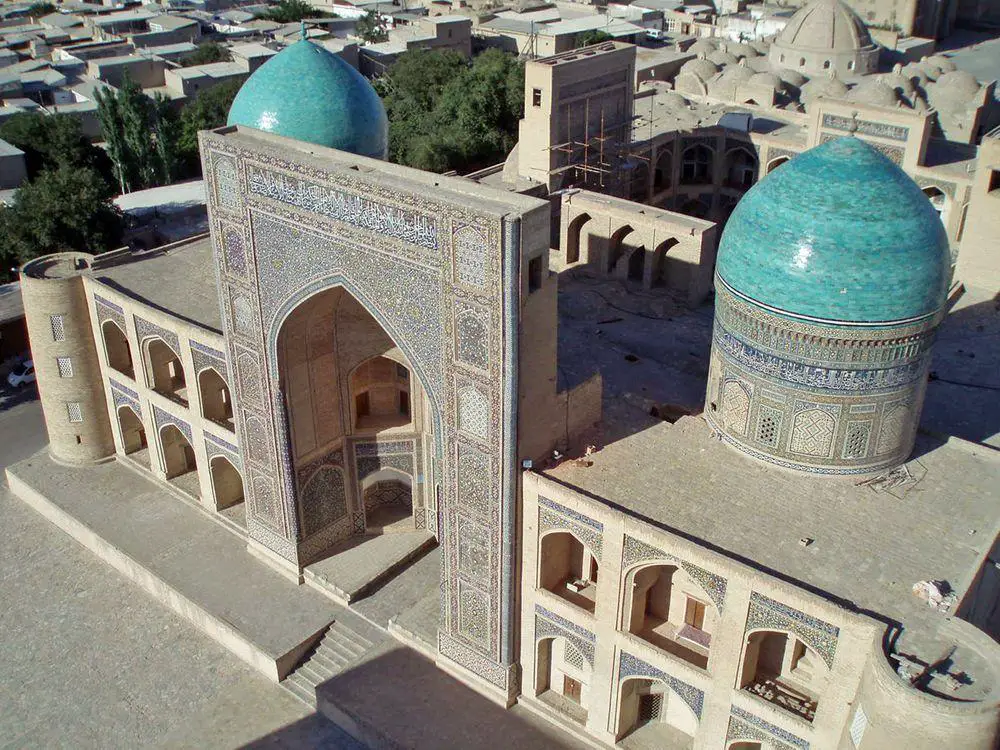
Ulugh Beg Observatory (Samarkand Observatory)
Samarqand
Remnants of a medieval astronomical observatory, built by astronomer Ulugh Begh in the 1420ies. Numerous outstanding astronomers worked here until 1449 (up to 70 scientists at a time) when the observatory was destroyed by religious fanatics. The observatory had impressive, state-of-the-art equipment.
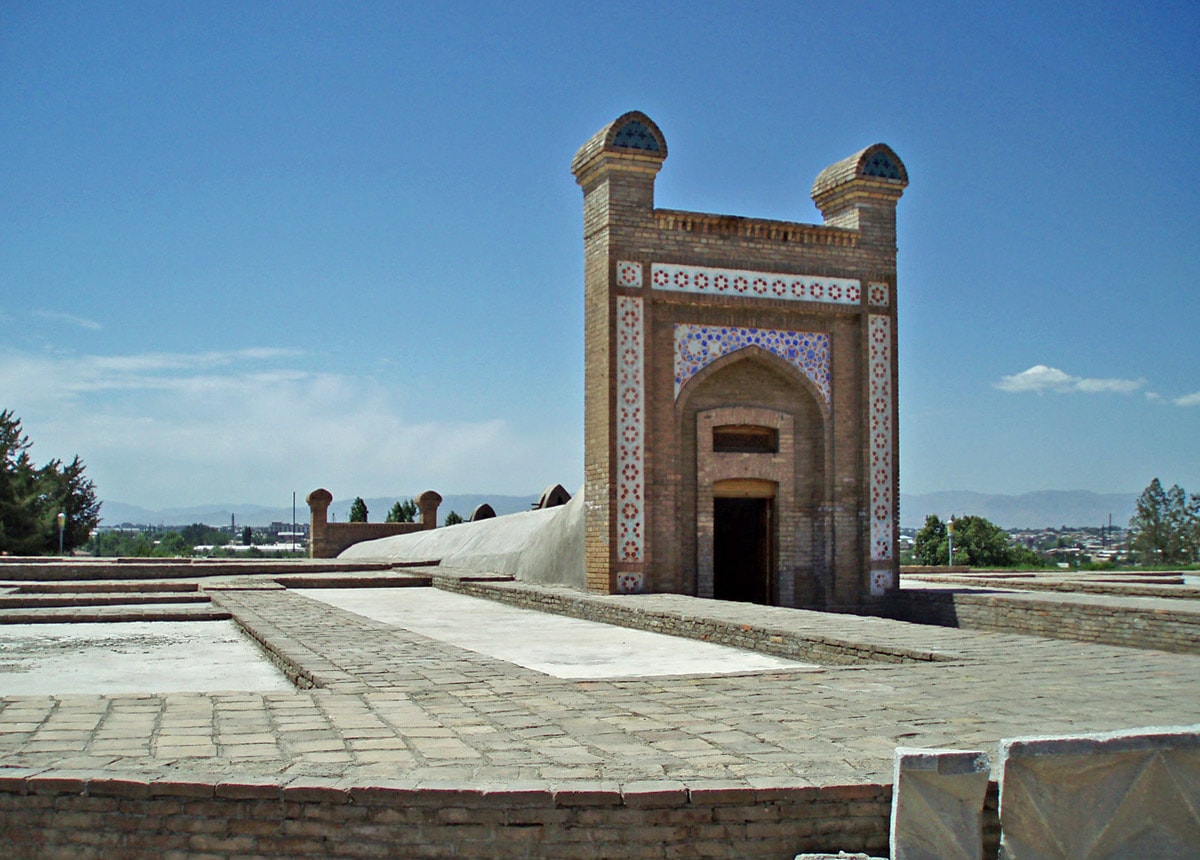
Itchan Kala, Old City of Khiva
Xorazm
The walled inner city of Khiva. It consists exclusively of several hundred valuable buildings. Built mainly in the 10th and 17th – 19th centuries. Current city walls are some 10 m tall and built in the 17th century.
Ark of Bukhara
Bukhara
Very impressive fortress, the citadel of Bukhara. First built in the 5th century AD and served as a fortress until 1920. The walls are 790 m long, and 16 – 20 m tall.
Bibi-Khanym Mosque
Samarqand
This beautiful mosque was built by Timur in 1399 – 1404. The current structure is a replica of a medieval structure, built since 1974.
Vobkent Minaret
Bukhara
Separate tower, 40.3 m tall. This minaret was built in 1196 – 1197.
Gur-e Amir
Samarqand
Mausoleum of Tamerlane (Timur), an important achievement in Turkic – Persian architecture. Mausoleum has a 30 m tall dome that is glazed with azure tiles. Construction started in 1403.
Djarkurgan Minaret
Surxondaryo
Beautiful, 21 m tall minaret, constructed in 1109. The body of the minaret is shaped from 16 half-columns.
Kalyan Minaret
Bukhara
One of the symbols of Bukhara, a 48 m tall brick tower. Built in 1127.
Dorut Tilavat Mosque (Kok Gumbaz Mosque)
Qashqadaryo
Beautiful madrasa, built in the 13th century – 1374.
Rabati Malik caravanserai
Navoiy
Remnants of Silk Road caravanserai that was built around 1070 – 1080. The largest remaining part of this building is the impressive entrance portal.
Char Minar in Bukhara (Madrasah of Khalif Niyaz-kul)
Bukhara
An unusual, ornate building, a city palace with the additional function of a madrasa and mosque. The structure is dominated by four impressive towers – minarets.
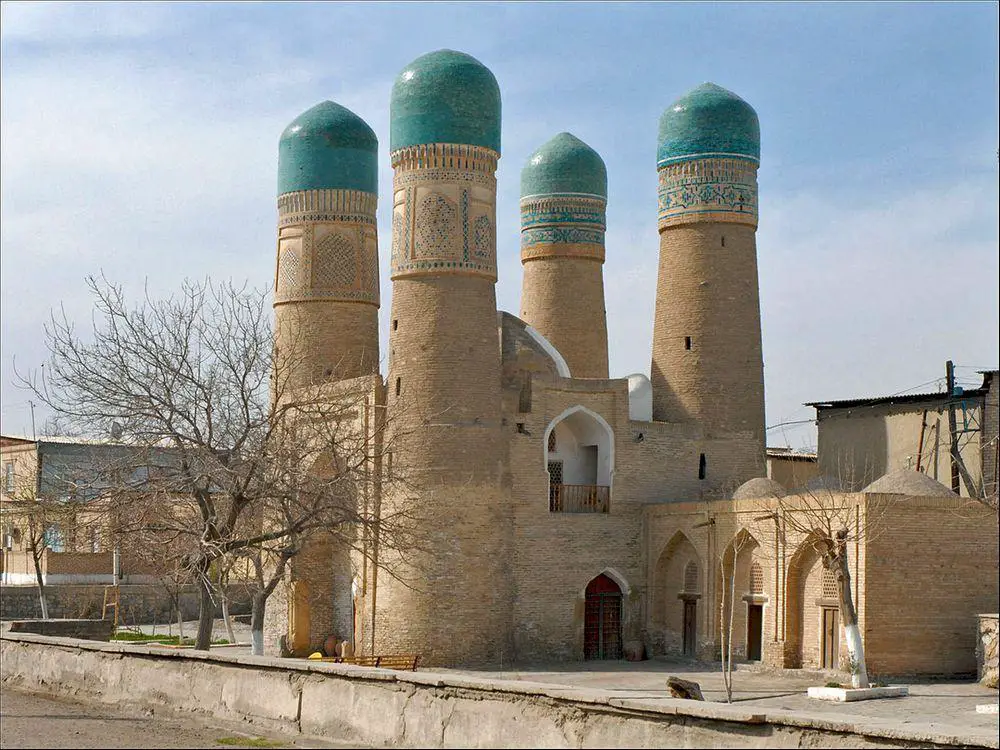
Palace of Khudayar Khan (Urda Palace)
Fergana
Ornate city palace, built in 1863 – 1871. Palace originally had 119 rooms but now survive opulent interiors in 13 rooms.
Shah-i-Zinda
Samarqand
Necropolis – a complex of some 20 very ornate mausoleums that were built in the time period from the 11th to 19th centuries.
Kalta Minor, Khiva
Xorazm
Massive, unfinished minaret at Mohammed Amin Khan Madrassah (1852 – 1855). Symbol of Khiva. The tower is glazed with tiles forming intricate patterns. The minaret is 29 m tall, although initially it was planned to be 70 m tall. Construction works were interrupted in 1855 and have not been restarted since then.
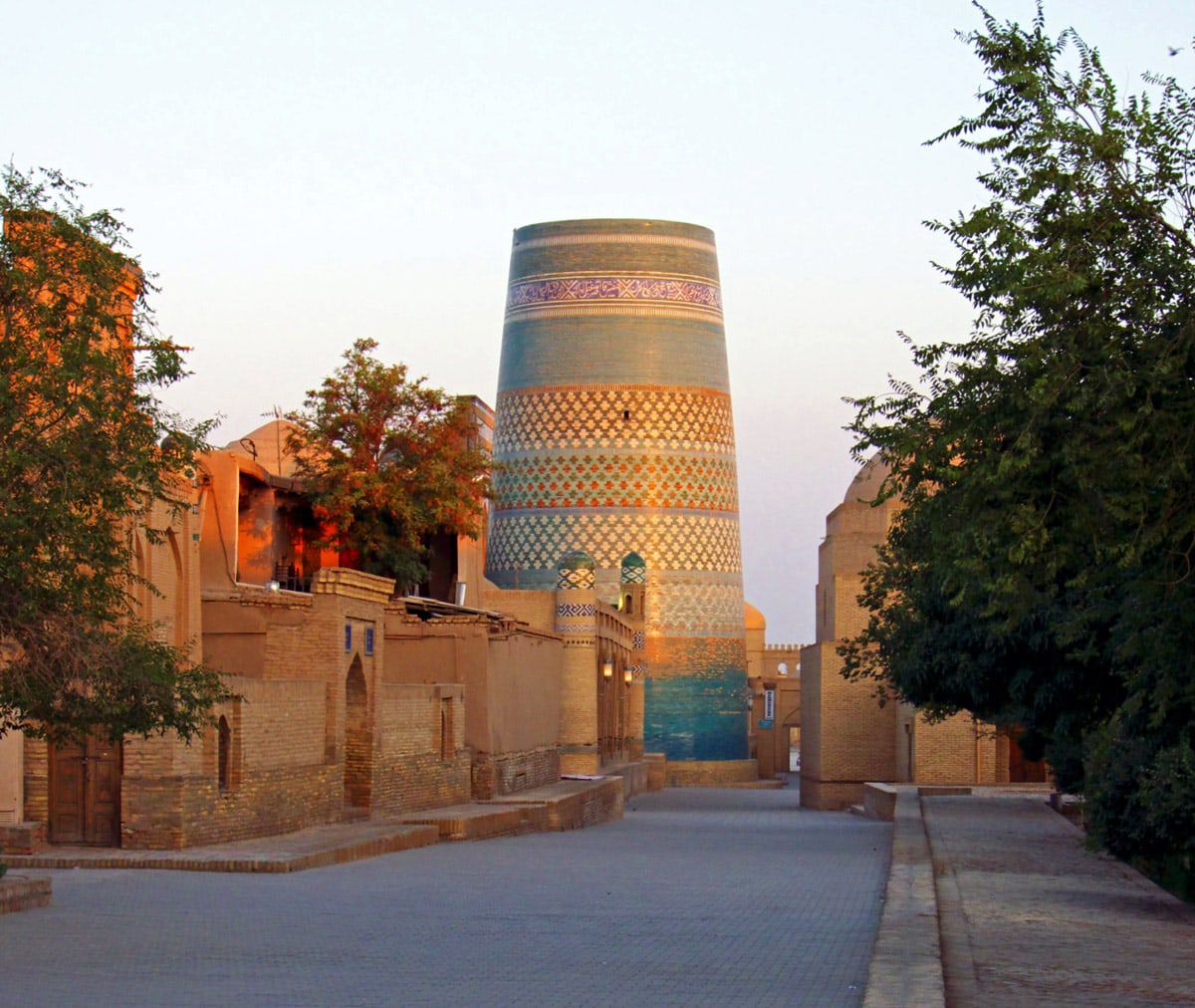
Ayaz Qala
Karakalpakstan
Group of three fortifications, each of them peculiar and interesting. Visually impressive is Ayaz Qala 2 – a smaller fort built on the top of the hill in the 6th – 8th century AD.
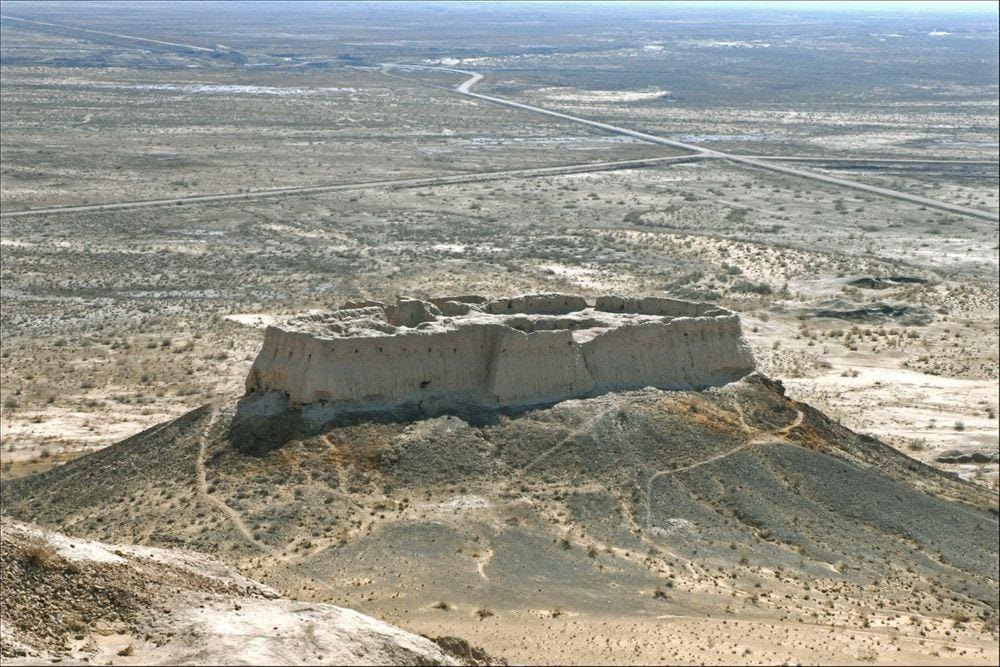
 Recommended books
Recommended books
Uzbekistan (Bradt Travel Guides)
This new edition of Bradt’s Uzbekistan continues to offer more practical detail for independent travelers than any other guidebook, written by expert authors who have lived and worked in Central Asia since 2008. With first-hand descriptions of everything from UNESCO World Heritage Sites and the world’s best collection of Russian avant-garde art, to riding across deserts by camel and cooking plov, Uzbekistan’s authors bring the country alive in this updated 2nd edition.
Uzbekistan: The Golden Road To Samarkand
Bound by sand and snow, fed by meltwater from the Roof of the World, the fertile oases across Uzbekistan attracted the greatest travelers and conquerors in history along the fragile threads of the Silk Road.

